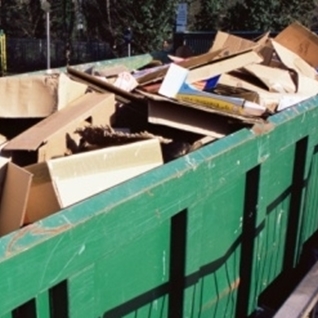
The Brentwood, N.J., recycling plant that caught fire Tuesday Oct. 22 continued to smolder nearly 48 hours after the fire started, according to Newsday.
Bill Peterson, first assistant chief at the Brentwood fire department, said he expects "fire suppression to be going on for days," due to the amount of rubble protecting a still-burning fire at the Emjay Blvd. recycling plant.
The building's structural integrity is being investigated and a determination whether or not to completely demolish the plant will be made by the end of Thursday explained John Carney, public safety commissioner of neighboring Islip, one of the communities called to help extinguish the fire. Similarly, Robert Leonard, spokesman for the Brentwood fire department said he and other officials were considering demolishing the facility at the end of the day to better employ fire suppression techniques.
The Brentwood fire began earlier this week and is a stark contrast to a tower fire Oct. 23 at a Doncaster, U.K., industrial site taking emergency responders a dismal five minutes to extinguish. The major fire did not yield any injuries and fire crews were able to cease the fire from spreading to other buildings with minimal structural damage, a far cry from the Brentwood plant.
Fire suppression strategies
The National Fire Protection Association defines fire suppression as any and all duties related to extinguishing a fire, including training experience that prepares emergency crews for the dangers of heat, flames, smoke and combustible materials. According to the Occupational Safety and Health Administration, a primary function for fire suppression is locating and controlling all utilities such as gas and electric lines, including fuel sources that could result in an explosion.
The contrasting difference in fire suppression times between the Brentwood plant and the Doncaster industrial facility can be linked to a number of suppression tactics and available capability including access to equipment, fire suppression systems and the use of strategies used by responders.
Prevention at facilities that house multiple structural units or sites with combustible parts such as plants, refineries and factories is especially prudent, asserts the NFPA, and encourages the implementation of a strong fire alarm system as per local fire and building codes. In addition, detection and suppression systems are highly recommended.
Industrial Safety News brought to you by Safety Systems Technology, Inc., leaders in fire and gas detection.